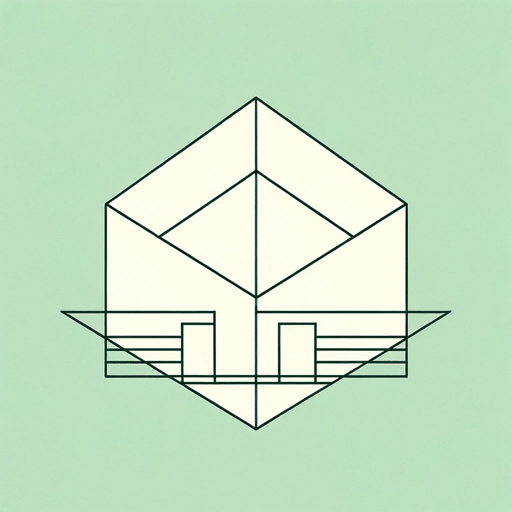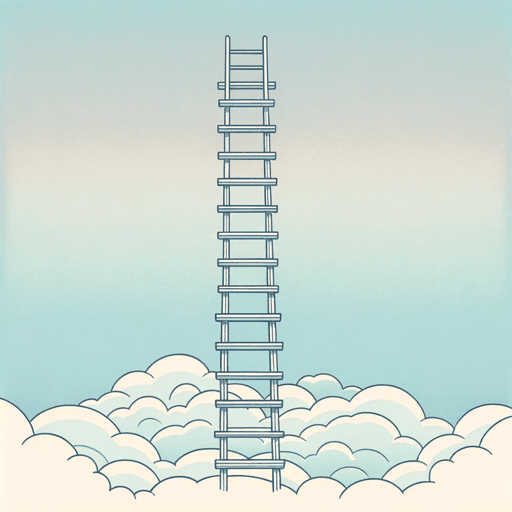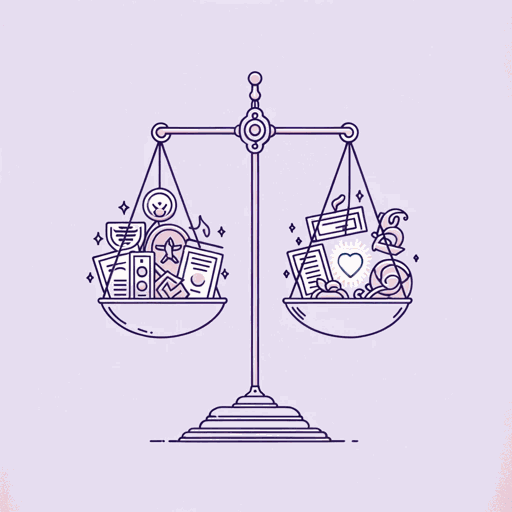54 pages • 1 hour read
David BrooksThe Second Mountain
Nonfiction | Book | Adult | Published in 2019A modern alternative to SparkNotes and CliffsNotes, SuperSummary offers high-quality Study Guides with detailed chapter summaries and analysis of major themes, characters, and more.
Part 5, Chapters 23-25Chapter Summaries & Analyses
Part 5: “Community”
Chapter 23 Summary: “The Stages of Community Building I”
In Chapter 23, Brooks uses a myriad of examples to muse about the values of good neighborhoods in the first of two chapters focusing on community building. He discusses the value of a “rich community” (266). This is not a wealthy community but one with tight social bonds where people care about one another, watch each other’s children, etc. In opposition to this, there are communities in which no one really knows anyone else and don’t care to. Brooks connects this to the suicide epidemic, chronic loneliness, and political polarization. He believes American culture might be a war between “social rippers” (first-mountain proponents) and “social weavers,” i.e., community builders working on local levels. He notes that this battle occurs, in large part, within the human heart (269). He discusses the “sticky and inefficient relationships” of communities and neighborhoods, that they are bound by more than the parameters of individual optimization. Despite this, Brooks believes that the neighborhood is “the unit of change” and focuses his efforts on building communities at the local level (272). He notes that philanthropists attempt to have “impacts” on communities, but there is no “silver bullet,” and the endless number of positive relations available in good communities is a better pathway for change.
Related Titles
By David Brooks

Bobos in Paradise
David Brooks

How to Know a Person: The Art of Seeing Others Deeply and Being Deeply Seen
David Brooks

People Like Us
David Brooks

The Moral Bucket List
David Brooks

The Road to Character
David Brooks

The Social Animal: The Hidden Sources Of Love, Character, And Achievement
David Brooks

